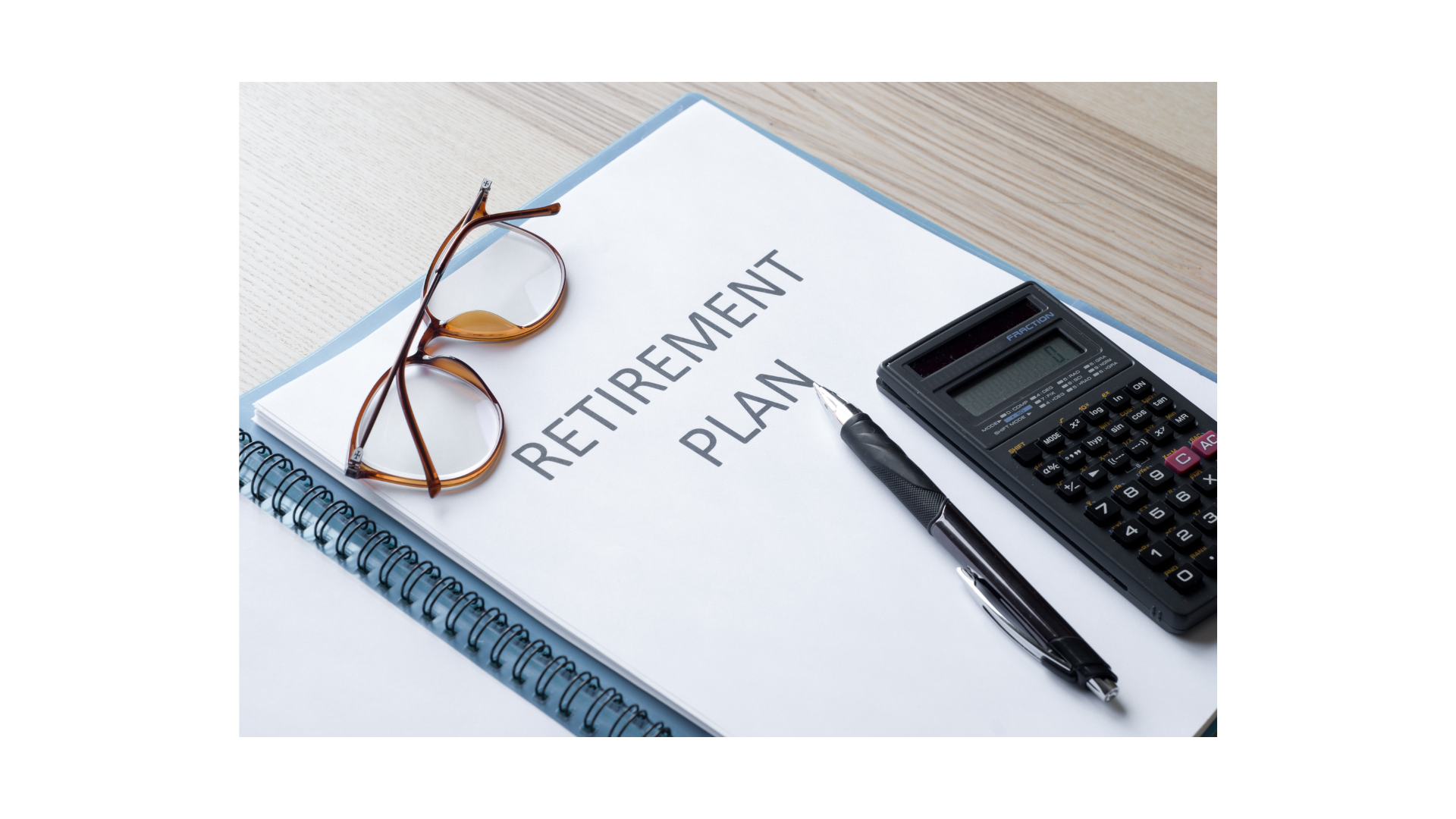The Many Faces of Risk
Knowing the different types of investment risk can help you cope with market volatility.
When was the last time you checked your retirement plan balance? If your balance was less than it was the last time you checked, you probably felt a bit of pain. Everybody does. Where exactly does that pain come from? It’s called risk, and all investments involve some degree of risk. In finance speak, risk refers to the degree of uncertainty and/or potential financial loss inherent in an investment decision. In general, as investment risks rise, investors seek higher returns to compensate themselves for taking such risks.
Every saving and investment product has different risks and returns. Differences include how readily investors can get their money when they need it, how fast their money will grow, and how safe their money will be. Let’s take a look at the many faces of risk we all experience as investors. While it may not take the pain away, it will at least help you cope a little better with market volatility.
Business Risk
With a stock, you are purchasing a piece of ownership in a company. With a bond, you are loaning money to a company. Returns from both of these investments require that the company stays in business. If a company goes bankrupt and its assets are liquidated, common stockholders are the last in line to share in the proceeds. If there are assets, the company’s bondholders will be paid first, then holders of preferred stock. If you are a common stockholder, you get whatever is left, which may be nothing.
One of the advantages of investing in a stock fund (versus a single company’s stock) in your retirement plan is that business risk is mitigated to a certain degree. Because your money is diversified among several companies, the business risk is spread out. The same can be said about investing in a bond fund versus a single bond issuer (in particular a single corporation).
Volatility Risk
This is the type of risk you are likely most familiar with (and the one that you hear about the most in the media each day). Even when companies aren’t in danger of failing, their stock price may fluctuate up or down. Market fluctuations can be unnerving to some investors. A stock’s price can be affected by factors inside the company, such as a faulty product, or by events the company has no control over, such as political or market events. The 2008 financial crisis and the onset of the COVID-19 pandemic in 2020 were prime examples of market events that significantly affected stock prices.
Inflation Risk
Inflation is a general upward movement of prices. Inflation reduces purchasing power, which is a risk for investors receiving a fixed rate of interest. The principal concern for individuals investing in cash equivalents is that inflation will erode returns.
Interest Rate Risk
Interest rate changes can affect a bond’s value. If bonds are held to maturity, the investor will receive the face value, plus interest. If sold before maturity, the bond may be worth more or less than the face value. Rising interest rates will make newly issued bonds more appealing to investors because the newer bonds will have a higher rate of interest than older ones. To sell an older bond with a lower interest rate, you might have to sell it at a discount.
Liquidity Risk
This refers to the risk that investors won’t find a market for their securities, potentially preventing them from buying or selling when they want. This can be the case with the more complicated investment products. It may also be the case with products that charge a penalty for early withdrawal or liquidation such as a certificate of deposit (CD).
This material was created for educational and informational purposes only and is not intended as ERISA, tax, legal or investment advice. If you are seeking investment advice specific to your needs, such advice services must be obtained on your own separate from this educational material.
Kmotion, Inc., 412 Beavercreek Road, Suite 611, Oregon City, OR 97045; www.kmotion.com
©2021 Kmotion, Inc. This newsletter is a publication of Kmotion, Inc., whose role is solely that of publisher. The articles and opinions in this newsletter are those of Kmotion. The articles and opinions are for general information only and are not intended to provide specific advice or recommendations for any individual. Nothing in this publication shall be construed as providing investment counseling or directing employees to participate in any investment program in any way. Please consult your financial advisor or other appropriate professional for further assistance with regard to your individual situation.


Iowa
4200 University Avenue, Suite 200
West Des Moines, IA 50266
800-677-1529
Securities offered through LPL Financial, Member FINRA/SIPC. Investment advisory services offered through Global Retirement Partners, LLC dba AssuredPartners Financial Advisors, an SEC registered investment advisor. AssuredPartners Financial Advisors and LPL Financial are separate non-affiliated entities.
GRP Advisor Alliance is an independent network of retirement plan focused advisors. GRP Advisor Alliance is not affiliated with or endorsed by LPL Financial.
The financial professionals associated with LPL Financial may discuss and/or transact business only with residents of the states in which they are properly registered or licensed. No offers may be made or accepted from any resident of any other state.









